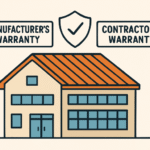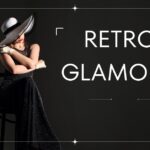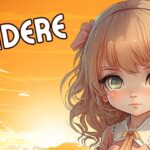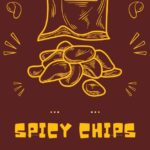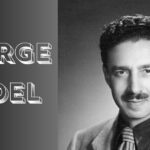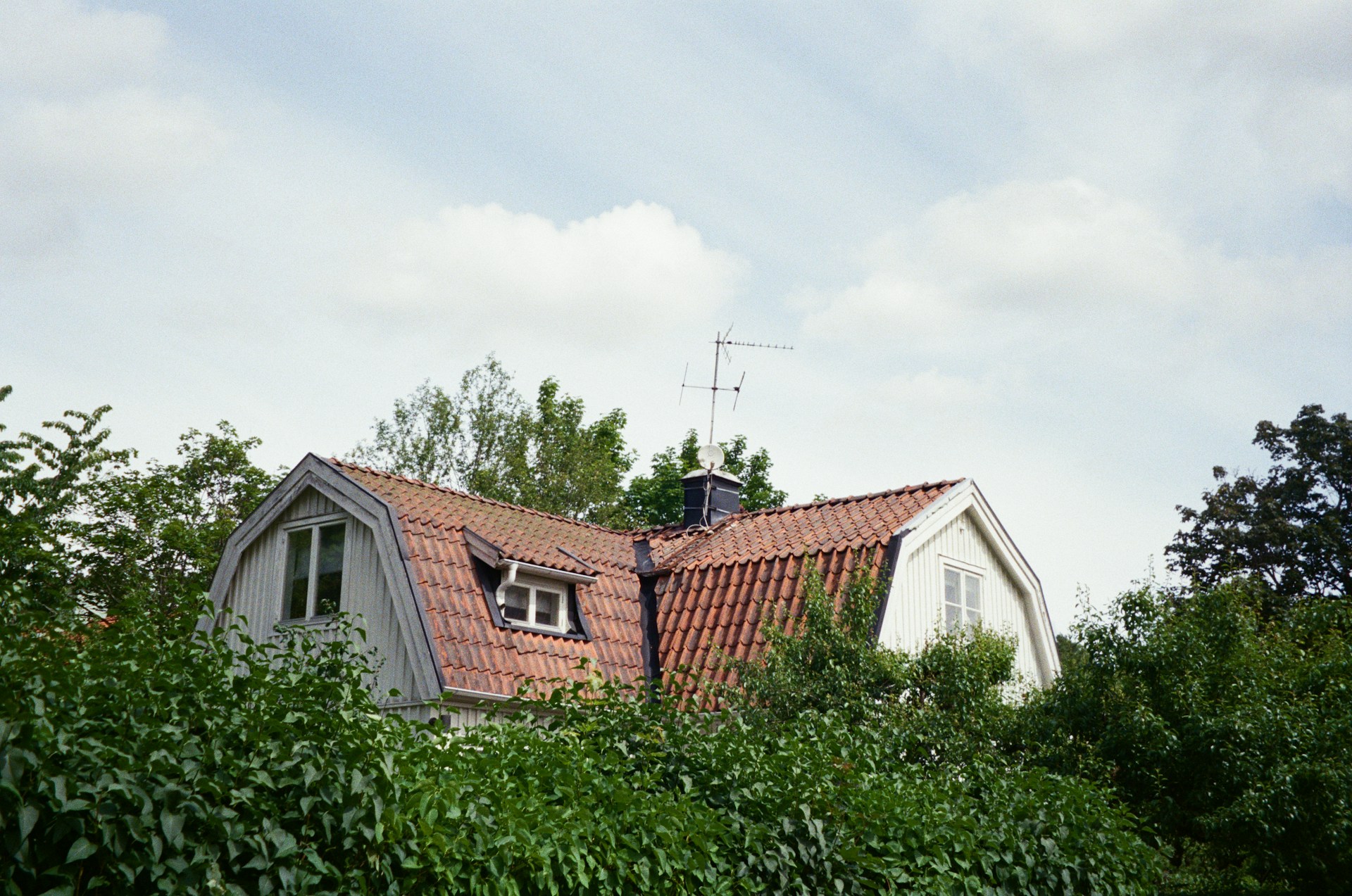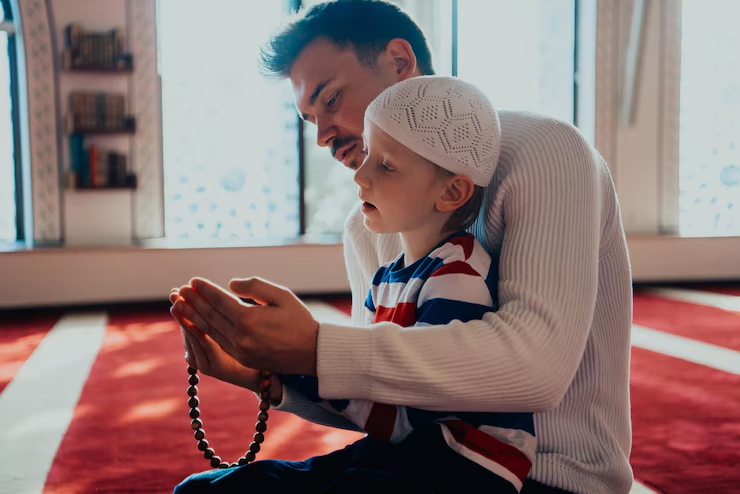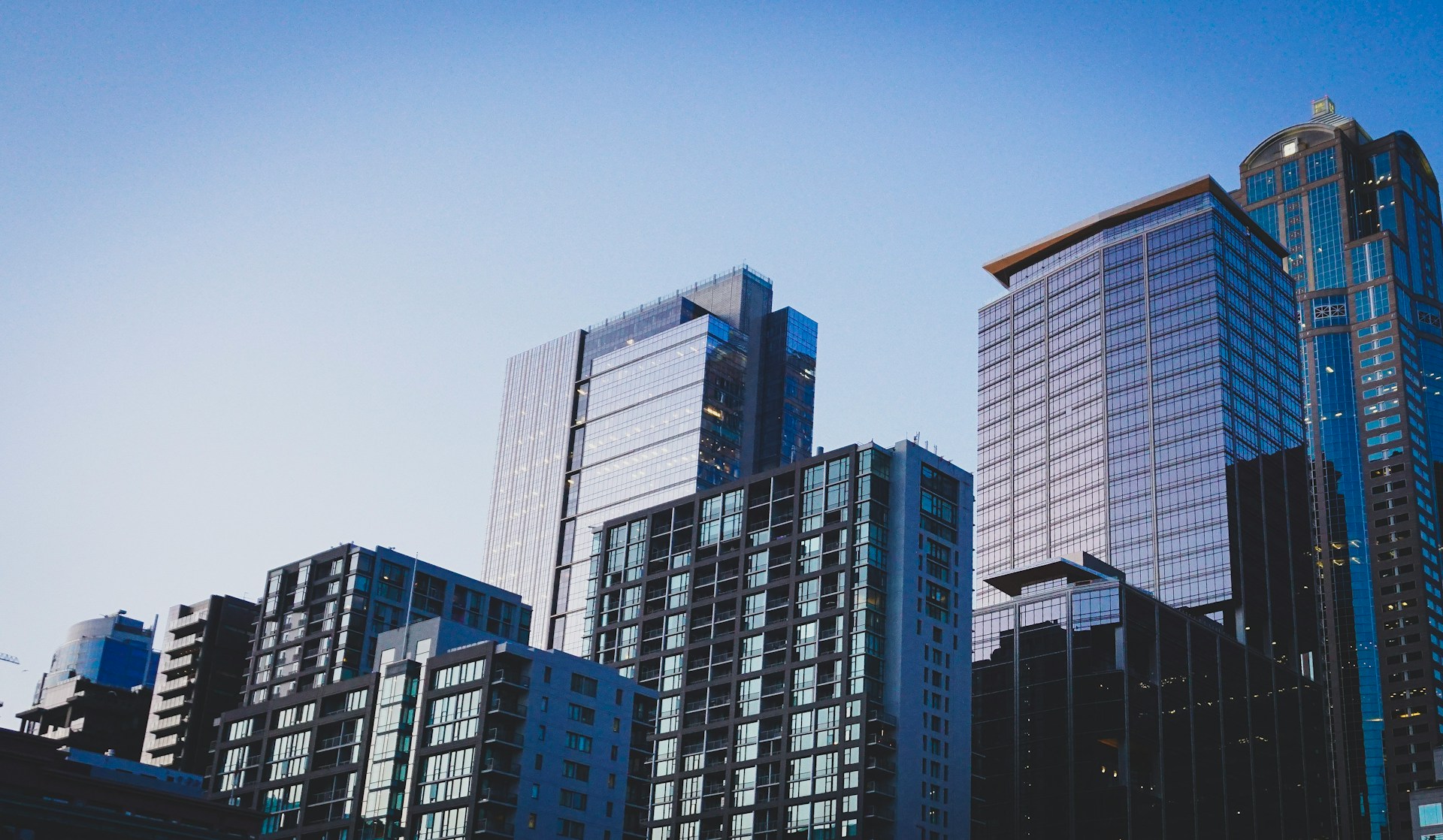How did Human Condition come together? What was the process like?
The Human Condition stemmed from a personal desire to feel emotion. I had a shortlist of figurative artists that elicited a visceral feeling to me. At the moment of inception, I did not have a physical space for the show. It was when a client of mine mentioned the acquisition of the abandoned hospital that a light bulb illuminated. Upon viewing the space I knew that it was within these walls that previously stored so much human emotion I would find a great fit for the show.
No! I initially thought maybe 20 artists. The space is so big, I couldn’t stop, there were too many great works to display, so I kept going, finally capping it at 87 😉What were some frustrations that you encountered?
There were the day-to-day curatorial frustrations of artists whose works were not available, or the short timeline being a hinderance, but ultimately my own inner doubts that were the most frustrating. I chose not to listen to them, and forged ahead, not knowing if anyone would come see the show. Turns out people came 😉 2000 people on opening night.
Yes, it will be even more immersive and intense, a surprise, so no spoilers!
What do you see through the lens of this role in the contemporary art world that you may not have otherwise known about?
People are craving a different experience. The white walls of a gallery have gotten tired. The site specificity of unique exhibitions like this are what excites younger generations to educate themselves on the art world.
What is your role as an art broker?
As a private art dealer, I assist clients in creating outstanding collections based on pre-defined goals. I work in contemporary, post-war, and emerging. I work tirelessly to source the best works for clients, whether new to collecting or established.
What is something every artist should know, from an art broker’s perspective?
Kindness and being really cooperative will get you everywhere. You have to earn your stripes just like anyone else. No one owes you anything just because you’re an artist. Your ego is not your amigo. Share.
When or how did you decide to pursue a career in the arts?
I was a collector and passionate about art, educating myself at every chance I could get. It was an organic process to become an advisor as I was being asked by myriad friends and colleagues for advice. It was shortly after I realized I could make a living doing it!
Anytime there is dramatic political change, artists and culture rise up in response. Whether with blatant statements, or with process change and enhanced creativity – there will be a surge of new work that is truly inspirational. Whatever your opinion on the new president, one thing is certain – disruption will take place, and positive movement in the art world, and I believe, enhanced investment in buying work.
Up Close and Wearable: Tides
Photographer // Mike Carreiro // @mikecarreiroModel // Ashley Chung // @chungashley
Hair // Sydney Costley // @sydney_costleyStylist // Natalie HemmatiMUA // Aaron Paul // @aaronpaulbeautyThese Days LA // @thesedays.la (for those of you who have your eye on the new organic cotton bulky knit sweater)
Holiday Spotlight: Amber Imrie-Situnayake & Adriana Villagran
In light of the Holiday Season, a time for friends and family to come together, we thought it was important for our readers to get to know who we are. Over the next few weeks, we’ll be introducing to you the creators and contributors of Venison Magazine: the art publication run by artists for artists.
Today, I’d like to introduce to you our Founder and Editor-in-Chief, Amber Imrie-Situnayake
&
Lead Editor and Journalist, Adriana Villagran.
Amber Imrie-Situnayake
What inspired you to launch Venison Magazine?
So this answer comes in a few parts. This is where I was coming from mentally: As a beginning artist, I had just left undergrad and I was finding it incredibly hard to “get out there and meet people.” I was part of an art collective that I founded while still in school, but I was finding it difficult to meet new artists and bring more people on board. I just felt awkward and insincere in all my actions. I was intimidated by art openings. I grew up really poor and uncultured, so the gallery scene was about as far removed from a BBQ in Arkansas as you could get. Simply, I felt out of my element.
I was in the UK at a gallery space in Birmingham with my in-laws when I went into the gift shop area to find a magazine I could read on the plane home and I couldn’t find anything that I was willing to buy. Most of the magazines were 70-90% advertising, and most of the work was outdated and safe. I couldn’t find anything that was showing the kind of work that was even similar to the space I was standing in. So I thought, let’s start a magazine!
What kind of affect does writing about art have on your own creative processes?
This is such a great question, because it has a huge impact on my own work. It connects me with larger dialog about art, themes, and movements. Writing about art has made my work more relatable to others and less (directly) personal. Since I work as a scout for the magazine. I look at A LOT of artist websites, so my own site has vastly improved and become more user friendly. It’s also given me a whole new perspective on the jurying process which has made my own rejections easier to swallow. The writing and editing aspect has improved my own writing. If you told my high school english teacher that I was working as an editor–she would bark with laughter. After I dropped out of high school, I asked her for a letter of recommendation for a job at McDonalds, she said “I’ll have to tell them that you are bad at writing.” Her opinion of me was astoundingly low.
As a self-promoter, I like having the magazine; it relaxes the situation and allows us to have a real connection. Some of the relationships I’ve developed have grown into shows of my own work, while others haven’t, but I have good relationships with a lot of spaces which is most important. I’ve also gained great interpersonal skills. Gallery openings and meeting curators and directors has become fun. Instead of freezing up and having no idea what to say, I have a million questions and am able to show the genuine interest I’ve always had. Now people don’t assume I’m just another artist out to promote myself. Instead, I can be a person of press who is interested in what the organization is doing. That way there isn’t so much pressure to promote myself. I also find that if I introduce myself as both an editor and artist, it puts the curator or gallery owner at ease. You can sense them tense up when they think they are being hunted down by an artist interested in their space.
As a fiber and installation artist, you create large scaled, interactive works. Your most recent project, “Nature Suit” falls within that realm but brings new light to installation art. What were your driving forces for this project?
So, I grew up off-the-grid in Newton County Arkansas. We lived over an hour’s drive from the closest town. I didn’t go to school, we didn’t have much money, and I spent most my time in the woods by myself. Bugs and bug bites were a normal everyday aspect of life. I have large scars on both my knees from skinning them, and countless “marks of adventure” across my body. I never thought that my life was in anyway “cool” but rather, I was made fun of for being tomboyish and dirty. Now, I live in the Bay Area, where it is trendy to go hiking and be outdoors. Here, Hipsters & Yippies take hikes in their 200 dollar boots and Northface pants holding their hiking poles.
They walk along groomed trails that wind through groves not 30 yards from civilization. Marine county, one of the wealthiest places, is also leading in outdoor living. The products marketed to them: sweat wicking ultra-light weight jackets, hiking poles, ‘Fresh’ scent bug sprays, 1,000 dollars a night “rustic glamping trip.”
It’s so ridiculous how idolized an “authentic” interaction with nature has become and how far from “authentic” these trips and products make us from the reality of actually being in nature. So, that is the Nature Suit—-the next step to making a product substitute for the “authentic adventure.” A way to look like you’ve had adventures in nature without the hassle of going outdoors. It also highlights the aspects of being in nature that people try to avoid through buying all these products. As if bug bites and scars are the cool factor in our outdoor living trend.
Adriana Villagran
My initial question is often, why and do you enjoy it? When I asked Adriana this, she mentioned she loved being introduced to artists. Artists she may not have been able to meet if it weren’t for the Venison connection–or community—being built. She stated, “The most exciting part is finding artists across the globe struggling with the same existential questions that I am. It’s very comforting, and quite an inspiration to keep moving forward. “
As Lead editor, I can imagine you’ve reviewed a ton of art! What do you find most important when it comes to interacting with fellow artists?
I would say the mode of dialogue is most important. That is, how I am interacting with the artist: is it a digital or face-to-face conversation. The personal in-studio conversations are joyfully awkward and ultimately richer than a digital conversation.
That is of course to be expected. You tend to get more of a grasp of what the artist’s work is about because you can see it and smell it and you can ask questions right on the spot. Most of the interactions I have through Venison are digital though. We live in digital world now, that is the reality.
What’s great about these type of interactions is that the artist has the time to reflect and put their best foot forward. They can take a breath and not stress out about saying the right thing at the right moment. It gives them an opportunity to really reflect and see things through another artist’s eyes. I think that is a good moment for them, a moment for growth. So ultimately the mode of conversation decides the kind of interaction I have with each artist.
I think podcasts are going to be a thing in the near future which is a whole other beast. I’m excited to see how that turns out
It’s actually a very clear moment that I started focusing on this subject matter. It was in late 2013 that I started working in a not-so-nice part of San Francisco that I really started to feel the burden of being a women in an urban environment. Burden is really not the right word for it. It is a much more complicated feeling than a single word can describe. But at that moment in my life, which was (and is) smack in the middle of my young naive adulthood, burden is the best word to describe what I was feeling. Here I was 23 years old and I became aware that a lot of my identity as a women had been force-fed to me by an overwhelmingly male perspective. This realization started to permeate into my art because it seemed like it was the only thing I had going that was really worth investigating. Two years later and my work is barely scratching the surface on such complex perceptions of women. Recently I have begun to really delve into women’s magazines as a source of inspiration as they are so brilliantly laid out to manipulate the reader. They are jewels of inspiration for my work, the question now is how do I manipulate the imagery to say something more meaningful and bite back a bit. That is the really difficult part.
Weekly Listens
We’ve got a new blog topic: what to listen to while you work in the studio. We’ve got some suggestions if you’re looking and we welcome you, our loyal reader, to offer up suggestions of your own in the comments. Be it music, podcasts, or even a good Netflix series in the background, we want some good ear-worms to keep our brains creating.
I’m starting the list off with an episode of TED Radio Hour titled “The Source of Creativity.” It’s a great remedy for when you’re feeling bitter about having to spend eight+ hours at your day job. I’ve embedded a particularly juicy snippet from the podcast which features several notable creatives including Sting, Elizabeth Gilbert, Charles Limb, and Sir Ken Robinson.
Make What You Make, and Make a LOT of It.
Hi,
my name is Christina Mrozik, I’m a drawer of sorts. I spend a lot of time working alone at my desk, with students in unconventional teaching programs and with other creatives who are just tackling this thing called “art” with all the heart they’ve got.
Over the past few years I’ve come across some ideas that are simple and encouraging. They have been important to me and have enhanced my making and changed how I think about making art. Because of this I think it’s important to pass them along- because doing this art thing can be tough-and we all could use a little more sparkle magic.
So every couple weeks you’ll find a postcard, from me to you, addressing influence, style, making, kindness, or whatever little realization has since popped into my brain. I hope you like them, and I hope you participate by letting me know your own thoughts, or what you’d like a little encouragement in.


